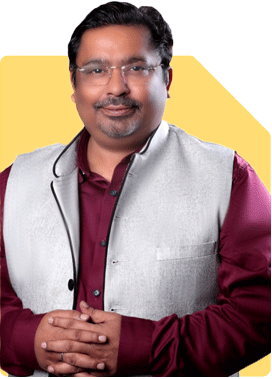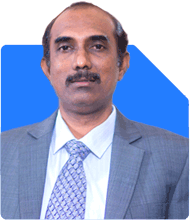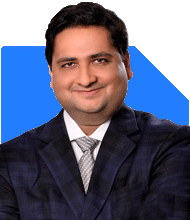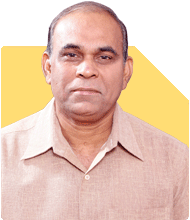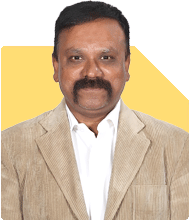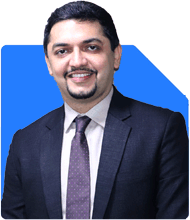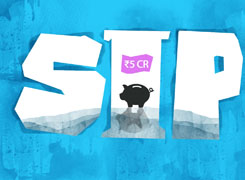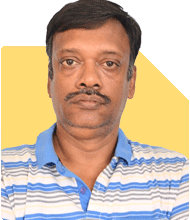Omkeshwar Singh | Answer |Ask -Follow
Head, Rank MF - Answered on Jul 07, 2022
.jpg)
Request you to examine my current portfolio and suggest any changes, if needed.
Fund names -- - Amount -- - SIPs
Quant Tax plan -- - 79,996 -- - 5000
Mirae Asset Tax saver fund -- - 64,998 -- - 5000
SBI Magnum medium duration fund -- - 34,998 -- - 5000
Parag Parikh flexi cap fund -- - 34,998 -- - 5000 (increasing by 5000 from May month onwards)
Axis Long term equity fund -- - 1,14,997 -- - 0
Invesco India Tax plan fund -- - 25,000 -- - 0
PGIM Global equity fund -- - 32,498 -- - 0
Tata India Tax savings fund -- - 10,000 -- - 0
Canara Robeco Bluechip equity -- - 10,000 -- - 0
IDFC GSF investment fund -- - 10,000 -- - 0
My risk appetite is on the higher side as of now (34 yrs of age), which is why equity % is more.
My present financial goals are down payment for a house 10yrs down the line, and retirement fund.
You may like to see similar questions and answers below
Ramalingam Kalirajan |10872 Answers |Ask -Follow
Mutual Funds, Financial Planning Expert - Answered on Apr 26, 2024
Ramalingam Kalirajan |10872 Answers |Ask -Follow
Mutual Funds, Financial Planning Expert - Answered on Apr 26, 2024
Ramalingam Kalirajan |10872 Answers |Ask -Follow
Mutual Funds, Financial Planning Expert - Answered on May 30, 2024
Hardik Parikh | Answer |Ask -Follow
Tax, Mutual Fund Expert - Answered on Apr 23, 2023
Reetika Sharma |417 Answers |Ask -Follow
Financial Planner, MF and Insurance Expert - Answered on Oct 16, 2025
Radheshyam Zanwar |6736 Answers |Ask -Follow
MHT-CET, IIT-JEE, NEET-UG Expert - Answered on Dec 06, 2025

Good luck.
Follow me if you receive this reply.
Radheshyam
Dr Nagarajan J S K |2576 Answers |Ask -Follow
NEET, Medical, Pharmacy Careers - Answered on Dec 06, 2025
Mihir Tanna |1090 Answers |Ask -Follow
Tax Expert - Answered on Dec 06, 2025
Ramalingam Kalirajan |10872 Answers |Ask -Follow
Mutual Funds, Financial Planning Expert - Answered on Dec 06, 2025
Radheshyam Zanwar |6736 Answers |Ask -Follow
MHT-CET, IIT-JEE, NEET-UG Expert - Answered on Dec 06, 2025
Radheshyam Zanwar |6736 Answers |Ask -Follow
MHT-CET, IIT-JEE, NEET-UG Expert - Answered on Dec 06, 2025
Radheshyam Zanwar |6736 Answers |Ask -Follow
MHT-CET, IIT-JEE, NEET-UG Expert - Answered on Dec 06, 2025
Dr Dipankar Dutta |1837 Answers |Ask -Follow
Tech Careers and Skill Development Expert - Answered on Dec 05, 2025
Dr Shyam Jamalabad |108 Answers |Ask -Follow
Dentist - Answered on Dec 05, 2025
Dr Shyam Jamalabad |108 Answers |Ask -Follow
Dentist - Answered on Dec 05, 2025





